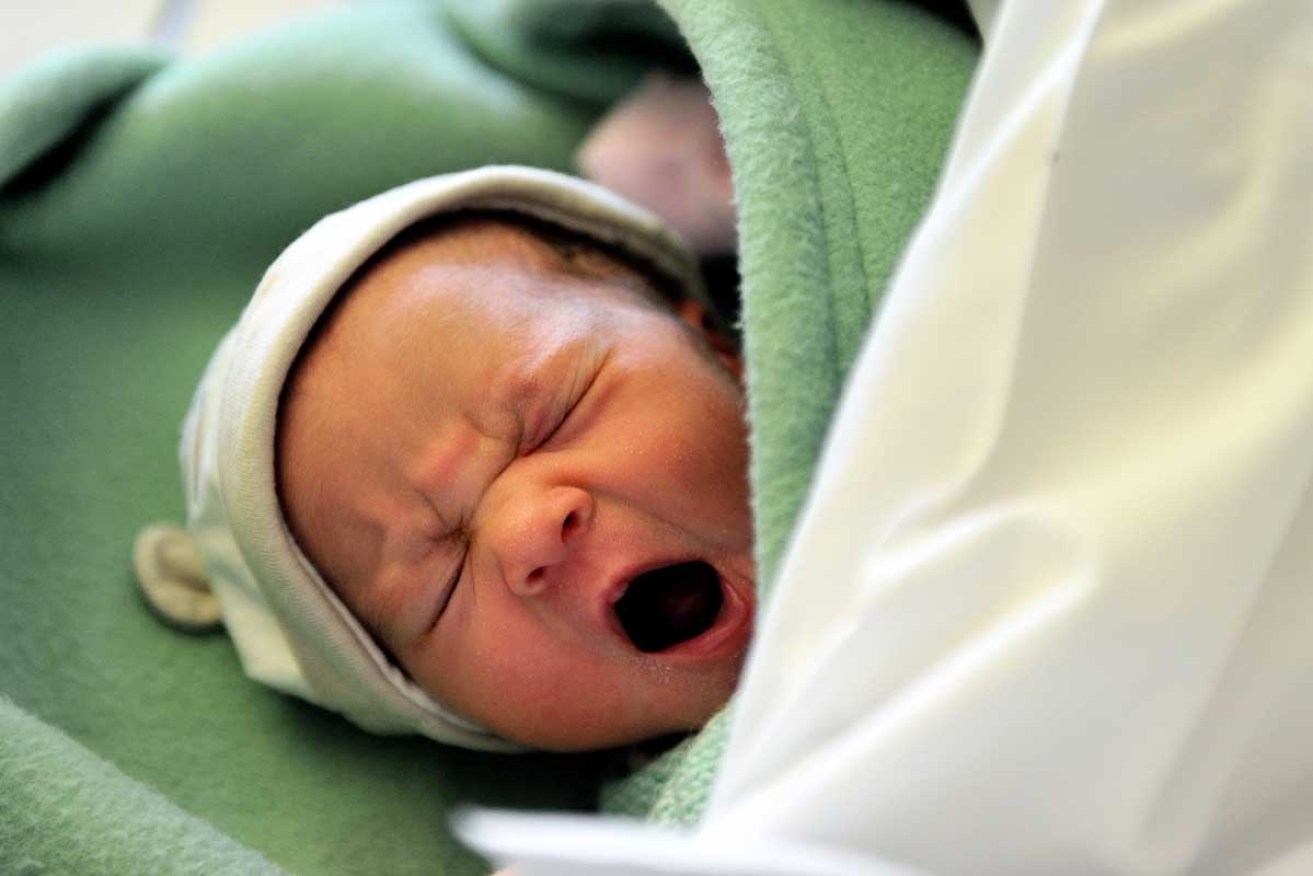Recognising the early signs of autism

Getty
Scientists say they may have found the earliest signs yet of autism in infants – babies as young as two months starting to evade other people’s eyes.
Eye-evasion has long been regarded as a hallmark of autism, but its potential value as an early diagnostic tool had not been explored before, a team of researchers wrote in the journal Nature.
They studied 110 infants from birth until two years, using eye-tracking technology to measure the way they looked at people’s faces, and 13 of the children were later diagnosed with an autism spectrum disorder (ASD).
“In infants later diagnosed with autism, we see a steady decline in how much they look at mom’s eyes throughout the first two years of life, and even within the first six months,” study co-author Warren Jones of the Emory University School of Medicine told AFP.
In some children, the signs could be observed already from the age of two months.
Making eye contact is considered an important part of human social interaction and development.
The research team not only uncovered that eye-evasion was present in autistic children already at an early age, but crucially also that eye contact declined over time rather than being absent from the start.
“Both these factors have the potential to dramatically shift the possibilities for future strategies of early interventions,” said co-author Ami Klin, director of the Marcus Autism Centre in Atlanta.
While there is no cure for autism, studies have shown that an early start with behavioural therapy improves learning, communication and social skills in young children with autism.
The team had used technology to measure eye-movement patterns when they showed the children videos of actors posing as caregivers — playing games and interacting with them.
They found that infants later diagnosed with ASD showed less and less attention to the actor’s eyes over time, a pattern that is not seen in typically-developing infants.
Those whose levels of eye contact diminished most rapidly were also most disabled later in life, the researchers found.
The team warned that parents would not be able to observe the decline in eye contact themselves.
“The signs we observed are only visible with the aid of sophisticated technology, and they required many measurements over many months. If parents do have concerns, they should consult their doctors,” said Jones.
According to World Health Organisation figures, one child in 160 has an autism spectrum disorder, considered among the most highly heritable of psychiatric conditions.








